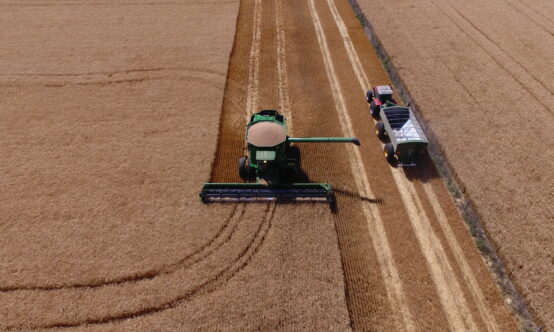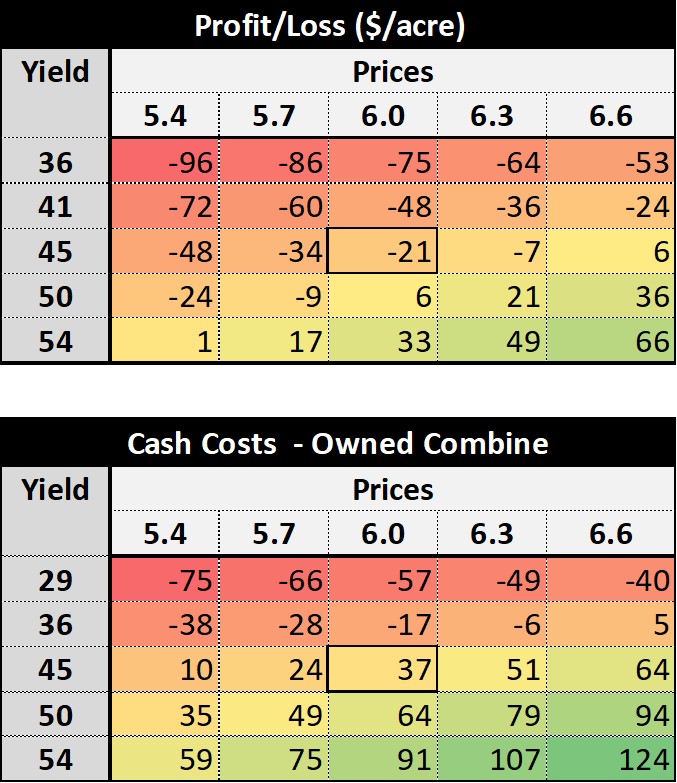
Wheat prices have increased in this last month. Still, Texas farmers are facing challenges due to high price basis and high production costs. To be profitable, above-average yields are needed. Today will discuss which breakeven yields do we need have a profitable wheat crop.
What yield do we need to be profitable this year with our wheat crop?
In the past month, we’ve witnessed a significant rise in wheat prices, with values soaring to $7/bu in Chicago (Graph 1). While this increase offers some relief to producers, it’s important to note that our area’s price basis remains high, presenting challenges to our bottom line.
To provide some context, our region requires farm prices above $6.4/bu to turn a profit. Even with the current price levels, it’s clear that we need above-average yields this year to be profitable. As farmers, we must optimize our production to meet these demands.
Graph 1. July 2024 KC HRW Contract Price. Source: CME Group.
Taking a closer look at the Southern Rolling Plains, where wheat production includes grain and forage grazing, we’ve observed various strategies adopted by farmers in response to the changing market conditions. Some have opted to graze their wheat, bale it, harvest only, or pursue a mixed approach. While production costs have decreased by approximately 10% compared to the previous year, net margins have also been impacted. The breakeven prices are close to or exceed the current wheat farm market prices in this region.
Estimated Results and Expected Yields
Digging into the numbers, an assessment of our 2024 budget revealed a slightly negative outcome for Non-till Wheat grain-only production this year. With an average variable production cost of $220/acre, total economic production costs amounting to $270/acre, and a yield of 45 bu/acre, the breakeven price is $6.4/acre. At these anticipated wheat prices, a breakeven yield of 48.5 bu/acre is necessary to cover all costs, including operating expenses, harvest, interest, depreciation, cash rent, and equipment investment costs.
It’s important to note that these costs do not account for the farmer’s management fees or profits. A 54 bushels per acre yield is needed to achieve a 15% profit over variable costs.
Additionally, when considering only financial costs, the indifference yield drops to 39 bushels per acre for those who own all machinery and harvest equipment. However, this does not factor in amortization costs or manager fees. The table below shows the profits you can expect given different prices and yields to cover both total economic costs and financial costs.
Table 2: Price and Yield Sensitivity Analysis
Conclusions
In conclusion, while the recent price increase has been beneficial for all producers, higher-than-average yields are clearly necessary for profitable wheat production this year in Texas. The best of luck to all farmers during this harvest season!